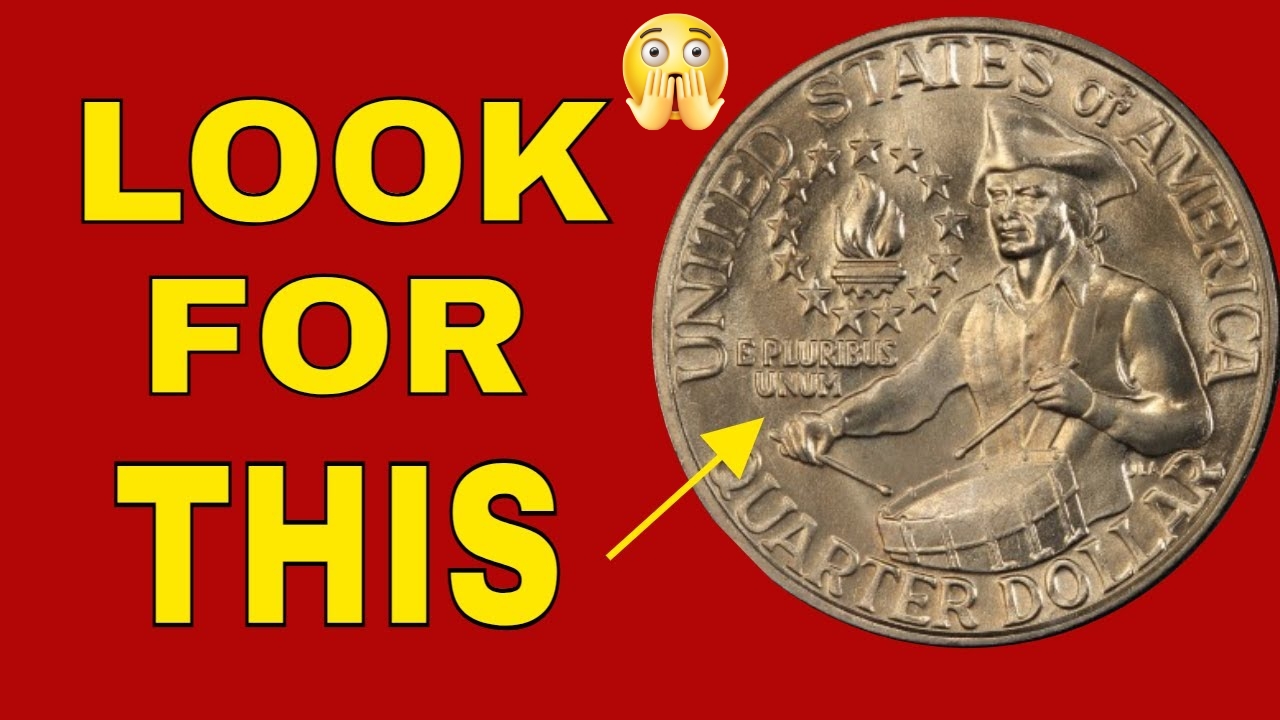A routine grocery shopping trip turned into a numismatic goldmine when Sarah Mitchell from Ohio discovered what appeared to be an ordinary 1976 Bicentennial Quarter in her change. What she initially dismissed as pocket change has now been authenticated as potentially worth thousands of dollars, highlighting the hidden treasures that might be lurking in everyday transactions.
Understanding the 1976 Bicentennial Quarter
The United States Mint produced special Bicentennial quarters in 1975 and 1976 to commemorate America’s 200th anniversary. These quarters feature a distinctive dual-date “1776-1976” and a colonial drummer design on the reverse, replacing the traditional eagle.
What Makes Some Bicentennial Quarters Valuable
While most 1976 Bicentennial quarters are worth face value, certain varieties command premium prices among collectors. The key lies in understanding mint marks, composition, and condition.
Composition Differences
The U.S. Mint produced these quarters in two compositions:
- Copper-nickel clad for circulation
- 40% silver for collector sets
Identifying Valuable Bicentennial Quarters
| Type | Mint Mark | Composition | Estimated Value |
|---|---|---|---|
| Circulation Strike | P, D | Copper-nickel | $0.25 – $5 |
| Proof | S | Copper-nickel | $3 – $15 |
| Silver Proof | S | 40% Silver | $8 – $25 |
| Error Coins | Various | Various | $50 – $5,000+ |
| MS67+ Condition | P, D | Copper-nickel | $100 – $500 |
The Grocery Store Discovery
Mitchell’s quarter exhibited several characteristics that caught the attention of local coin dealers. The coin showed minimal wear despite being found in circulation, suggesting it had been stored rather than actively used for decades.
Authentication Process
Professional coin grading services like PCGS and NGC provide authentication and grading services. Mitchell’s quarter underwent comprehensive examination including:
- Visual inspection for mint errors
- Weight verification to confirm composition
- Edge examination for reeded edge quality
- Strike quality assessment
Key Features to Examine
When examining potential valuable Bicentennial quarters, collectors should focus on:
- Mint marks located above the drummer’s right hand
- Strike quality and detail sharpness
- Surface condition and luster
- Edge characteristics for silver content verification
Market Demand and Values
The numismatic market for Bicentennial quarters remains robust, driven by both nostalgic collectors and investors seeking affordable entry points into precious metals. According to Heritage Auctions, high-grade examples consistently outperform expectations.
Factors Affecting Value
Several elements determine a Bicentennial quarter’s worth:
- Condition grade (MS60-MS70 scale)
- Silver content presence
- Mint errors or varieties
- Population reports from grading services
Where to Find Expert Evaluation
Coin enthusiasts discovering potential treasures should consult certified dealers or submit coins to professional grading services. The American Numismatic Association provides dealer directories and authentication resources.
Frequently Asked Questions
Q: How can I tell if my 1976 quarter contains silver?
A: Silver Bicentennial quarters were only made for collector sets and bear an “S” mint mark. They also sound different when dropped and weigh slightly more than copper-nickel versions.
Q: Are all 1976 quarters valuable?
A: Most circulated Bicentennial quarters are worth face value. Only high-grade examples, silver versions, or error coins command premiums.
Q: Where should I sell a valuable Bicentennial quarter?
A: Consider certified coin dealers, auction houses like Heritage Auctions, or online platforms specializing in numismatics after professional authentication.
Also Read:-Rare $5 Bill Error Found in Wallet Sells for Shocking $95,000
